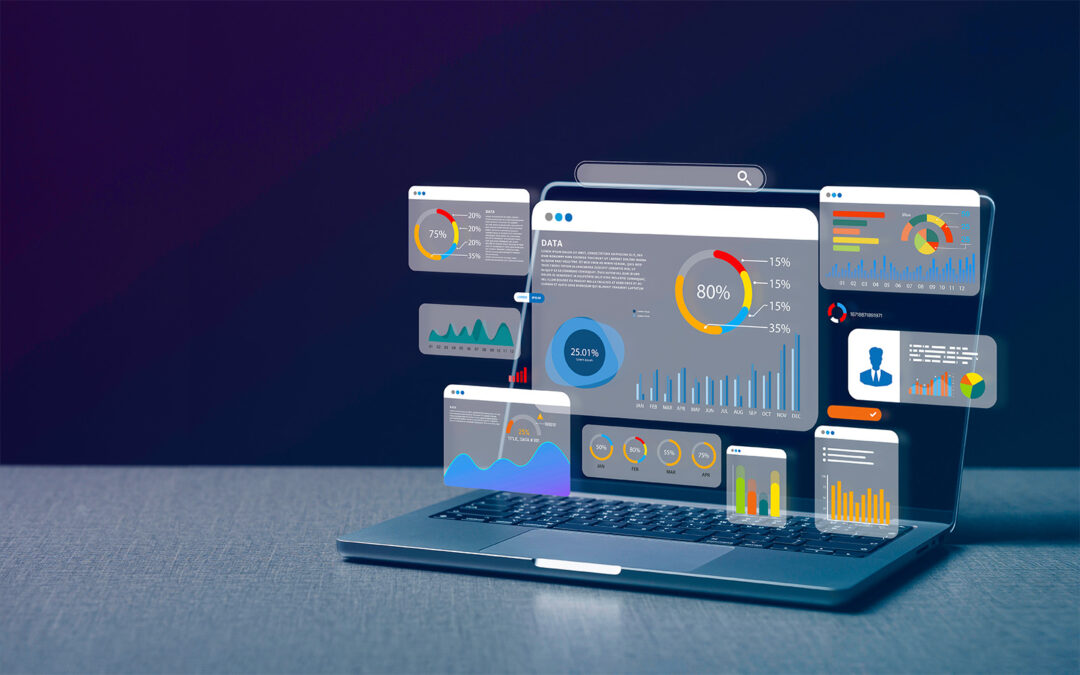In its latest publication of the research accompanying the federal programme “Model Projects Smart Cities” (MPSC), the Federal Institute for Research on Building, Urban Affairs and Spatial Development (BBSR) sheds light on which administrative structures and organizational models can facilitate the implementation of smart city projects. The study compiled by the German Institute of Urban Affairs (Difu) entitled “Organization and management in smart cities and regions. Municipal working aid on administrative models for the management of smart city projects” contains tips and concrete examples of how smart city projects can be initiated, organized and implemented.
The BBSR’s working aid is primarily intended to support those responsible for smart city projects in strategic coordination and the development of target-oriented structures, work paths and exchange formats. A wide variety of organizational models are presented in order to demonstrate the individual solutions of the municipalities.
One of the challenges in managing smart city projects is the coordination of political-strategic decision-makers (e.g. in the city council or department heads) and the employees who actually implement the projects. In addition, there is the coordination with partners and external stakeholders (municipal utilities, associations, etc.). For effective and goal-oriented cooperation, each municipality must find its own form of organization that suits its needs.
With the study, which examined projects from the pilot project funding program as well as other German municipalities, the BBSR offers concrete ideas on where municipalities and smart city managers can start for their projects. For example, special committees or “smart city round tables” make it possible to keep an eye on the progress of the project, regularly inform the stakeholders involved and thus secure the necessary political backing. Steering committees or similar can organize resources or act as an “escalation body” to explore compromises if there are problems with implementation.
The smart city project managers play a key role. They are usually responsible for the overall process, specific measures and resources as well as the coordination of stakeholder networks. Due to their central role, they often take the form of a staff position – also to emphasize the importance of smart city approaches as part of the municipality’s long-term strategy. Alternatively, project groups or digitalization agencies are possible organizational forms.
The importance of regular exchanges between politicians and smart city project managers for the success of the project was demonstrated, for example, in the Hessian municipality of Eichenzell in the district of Fulda. The small town is one of 73 Smart Cities model projects to receive federal funding. Last year, a Digital and Smart City Committee (DSC) was tasked with prioritizing the planned Smart City sub-projects based on the benefits for citizens so that the municipal council could work on them. All political groups worked together on this.
Under the motto “Together, for the common good, sustainable and smart.” the Smart City Eichenzell aims to make the everyday lives of Eichenzell residents easier with the help of digital tools and thus improve their quality of life. Citizens are actively involved in shaping the project ideas and can make suggestions online using an ideas form, for example.
In a “smart half hour”, the municipality’s Smart City team currently provides information on the status of its projects every eight weeks. The planned Smart City measures include, for example, intelligent street lighting that uses LEDs to consume less energy and directs the light in a targeted manner by only shining 20 percent of the time when no one is in the immediate vicinity. “Night-friendly” lighting also benefits the Rhön Star Park.
The smart lanterns not only save energy costs, but also collect data on nearby traffic, weather conditions and air quality. In this way, the city knows how busy the traffic is, where noise pollution may be occurring or whether the snow clearing service should be called out to remove snow. By connecting the lanterns to the internet, they can exchange data with vehicles (keyword autonomous driving) or provide digital information boards.
Eichenzell is also planning to equip public waste garbage cans and glass containers with sensors. This will enable municipal employees to react if they threaten to overflow and empty them in a targeted manner. Sensors will also measure water levels so that measures can be taken in good time in the event of heavy rainfall.
With the help of federal funding, Eichenzell is on the direct path to becoming a smart city.

